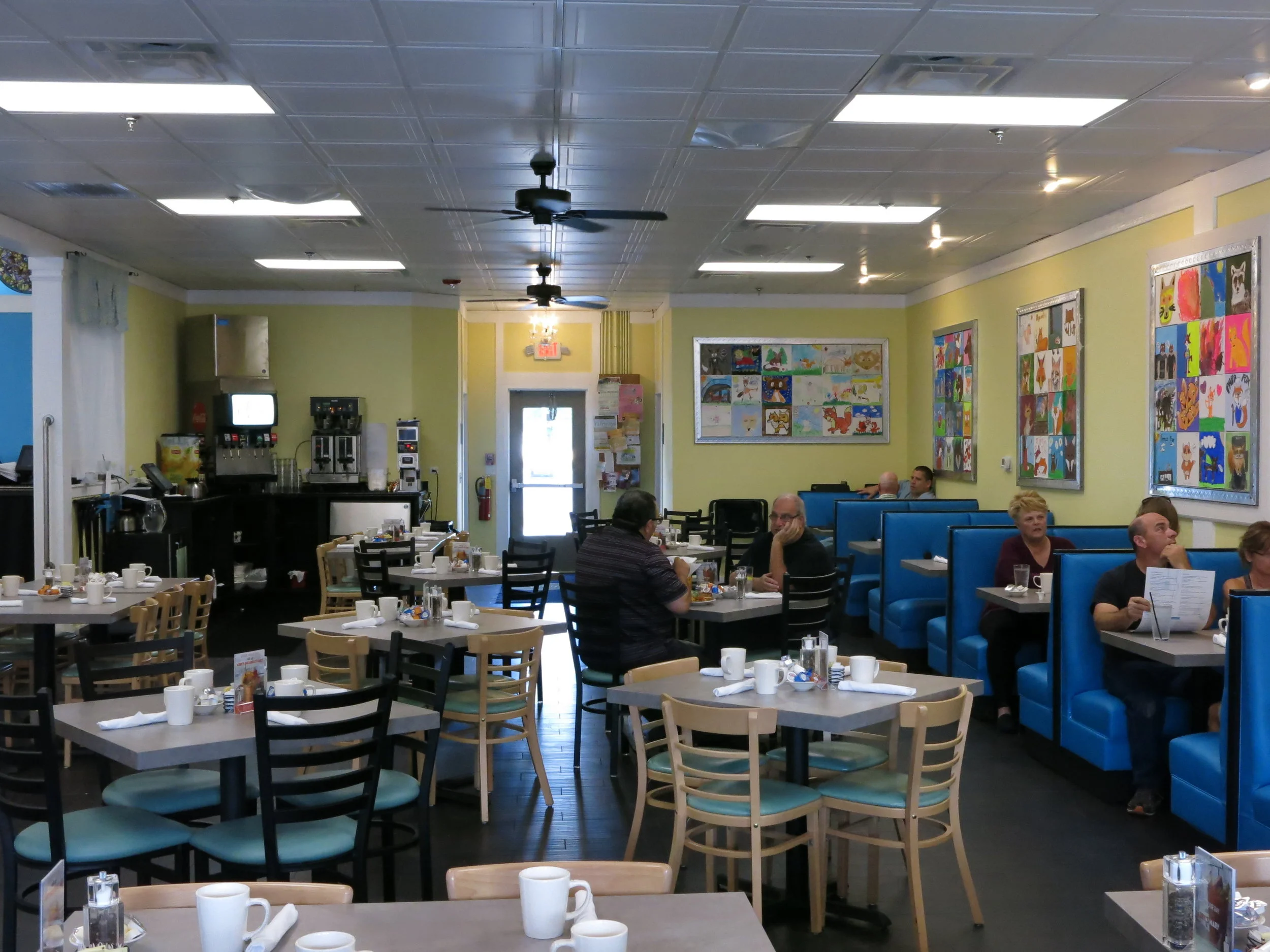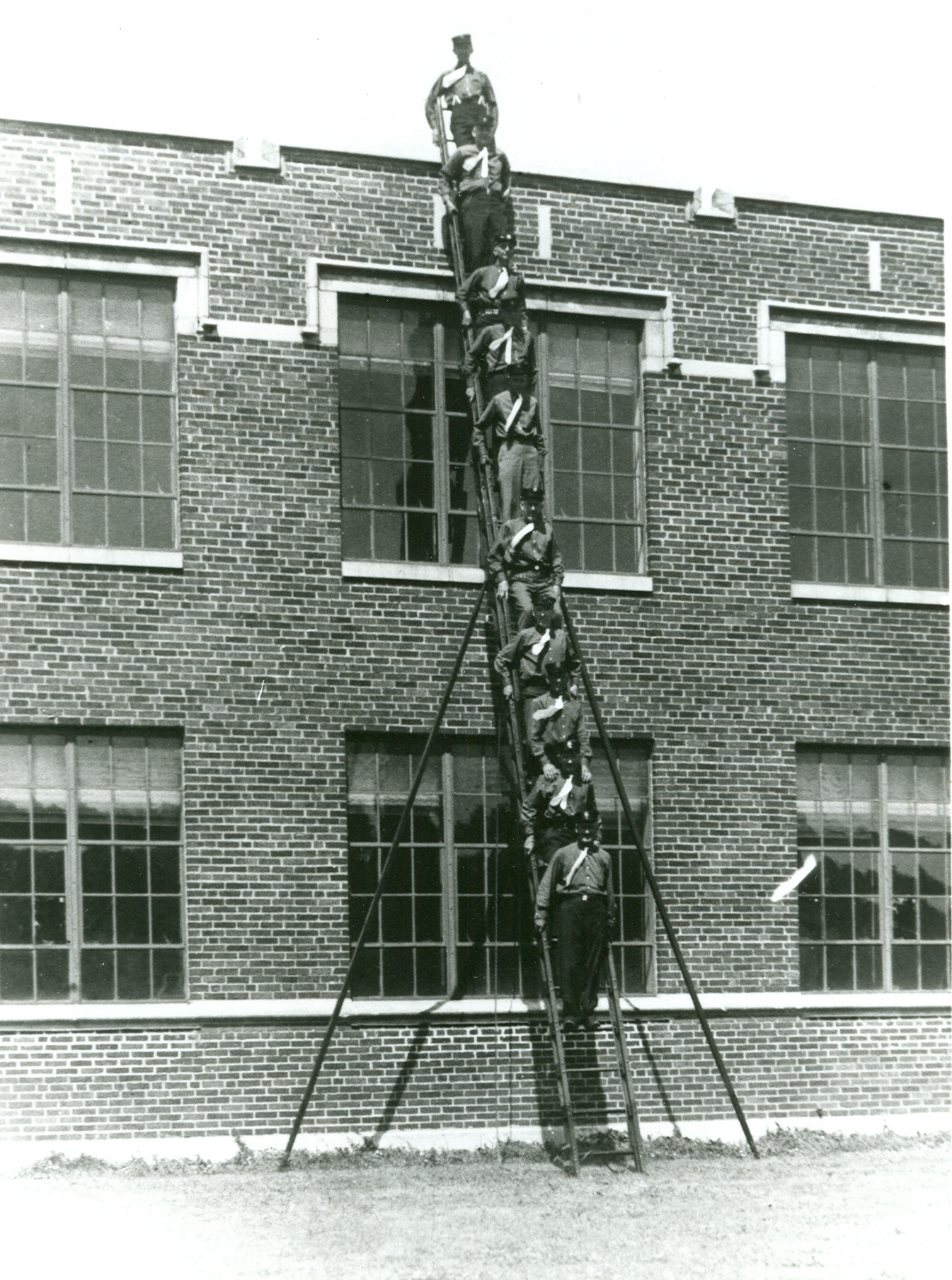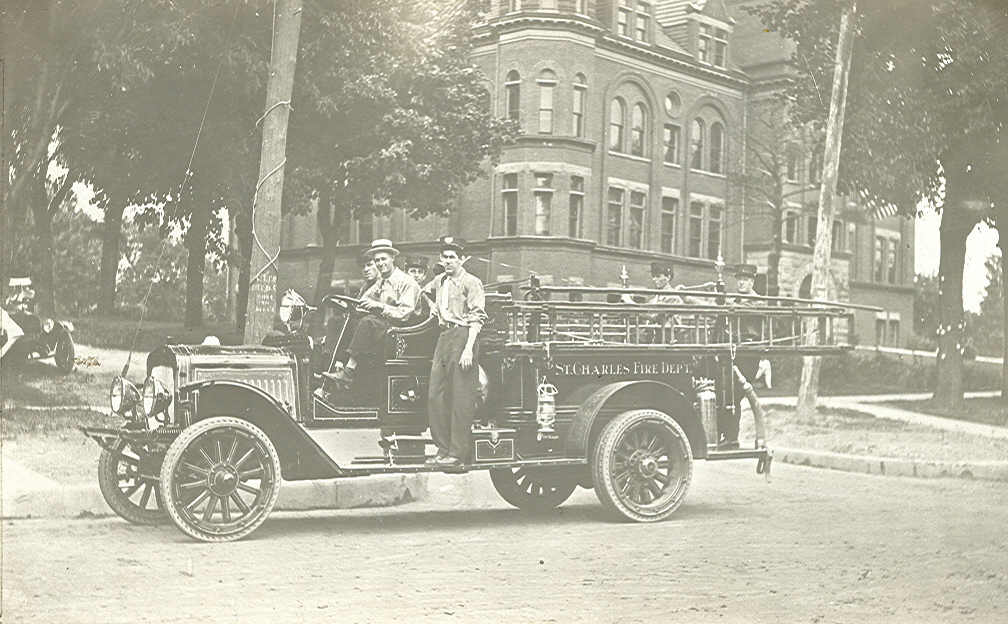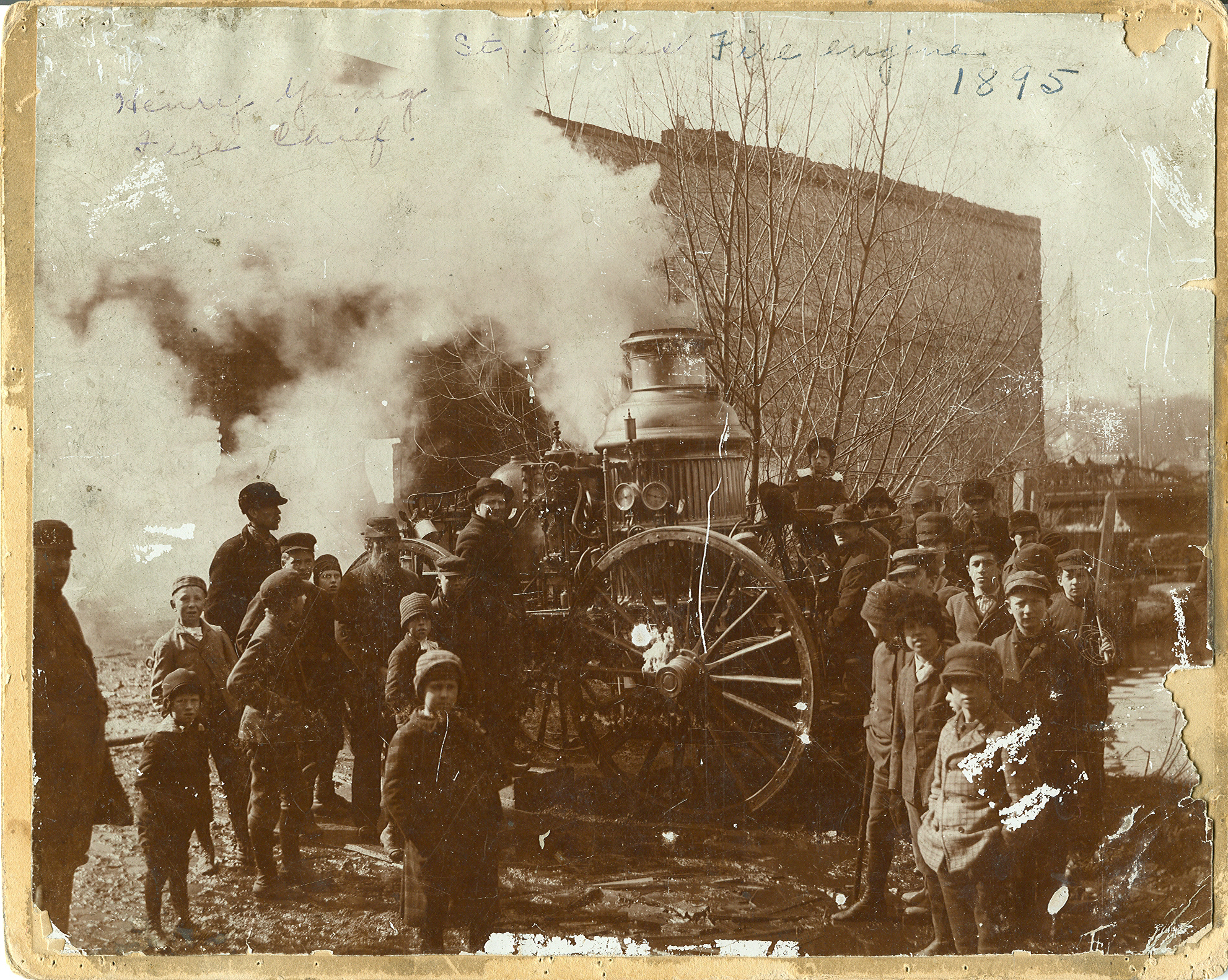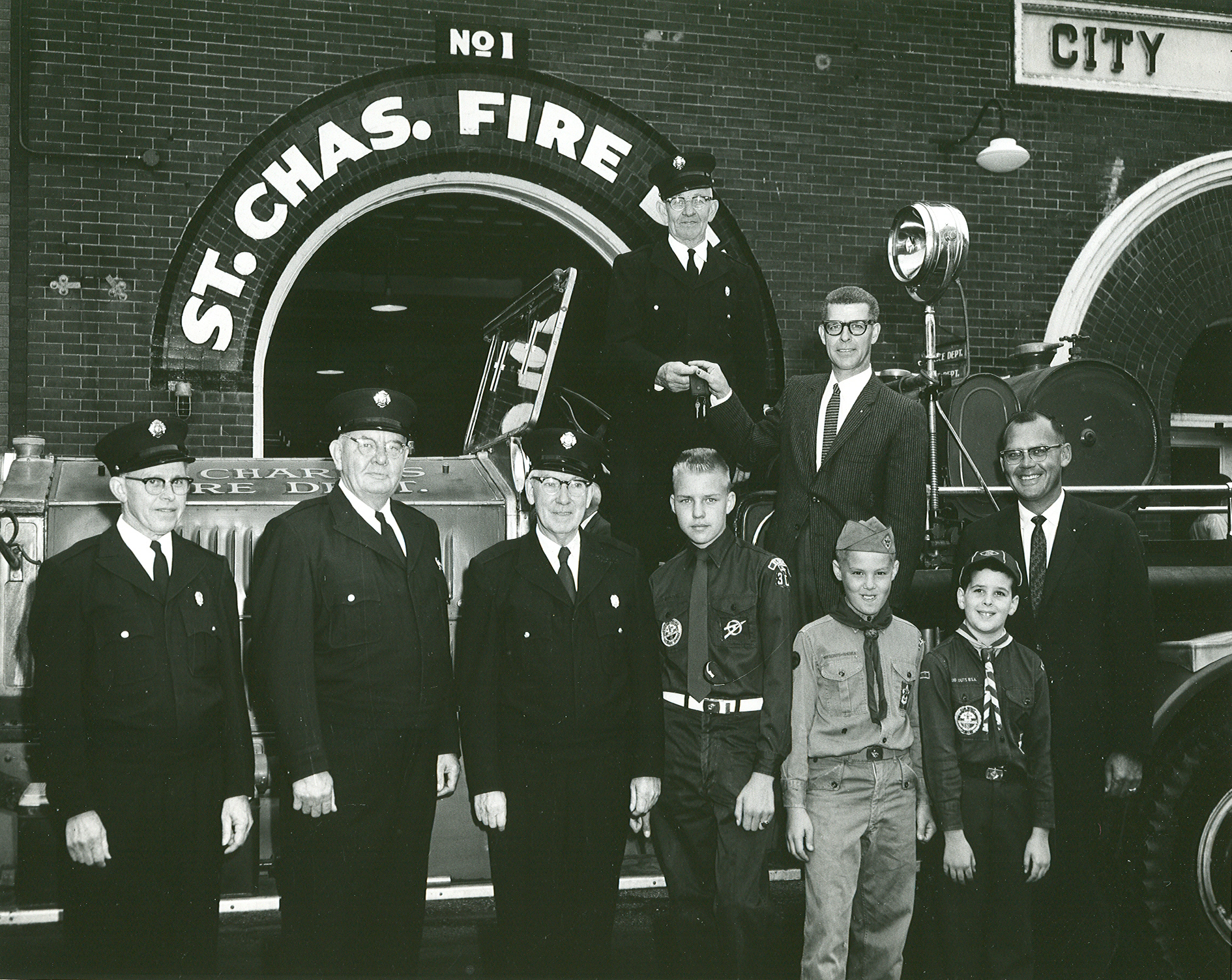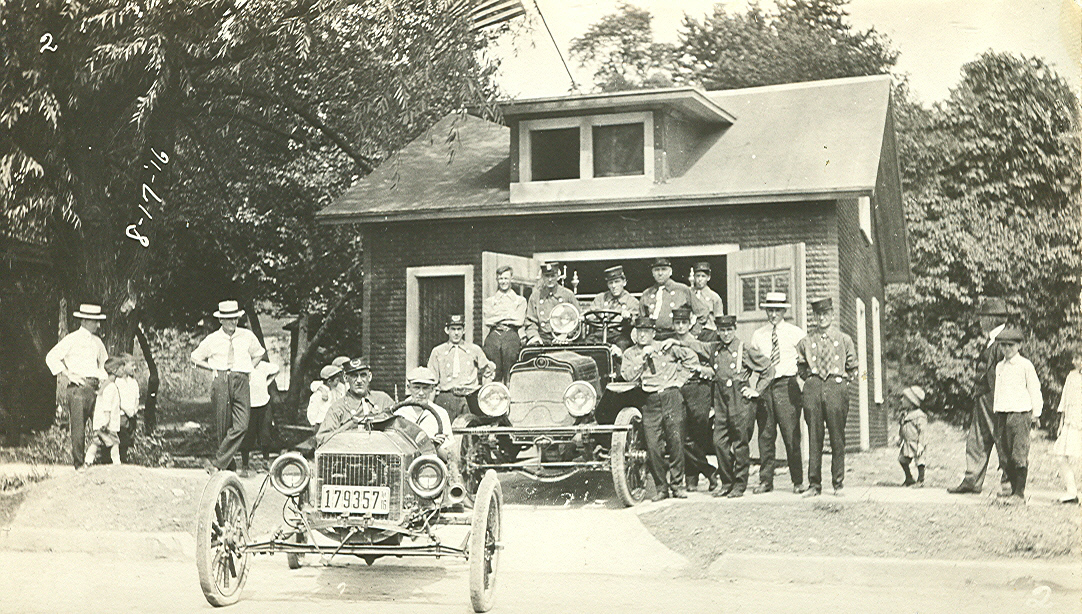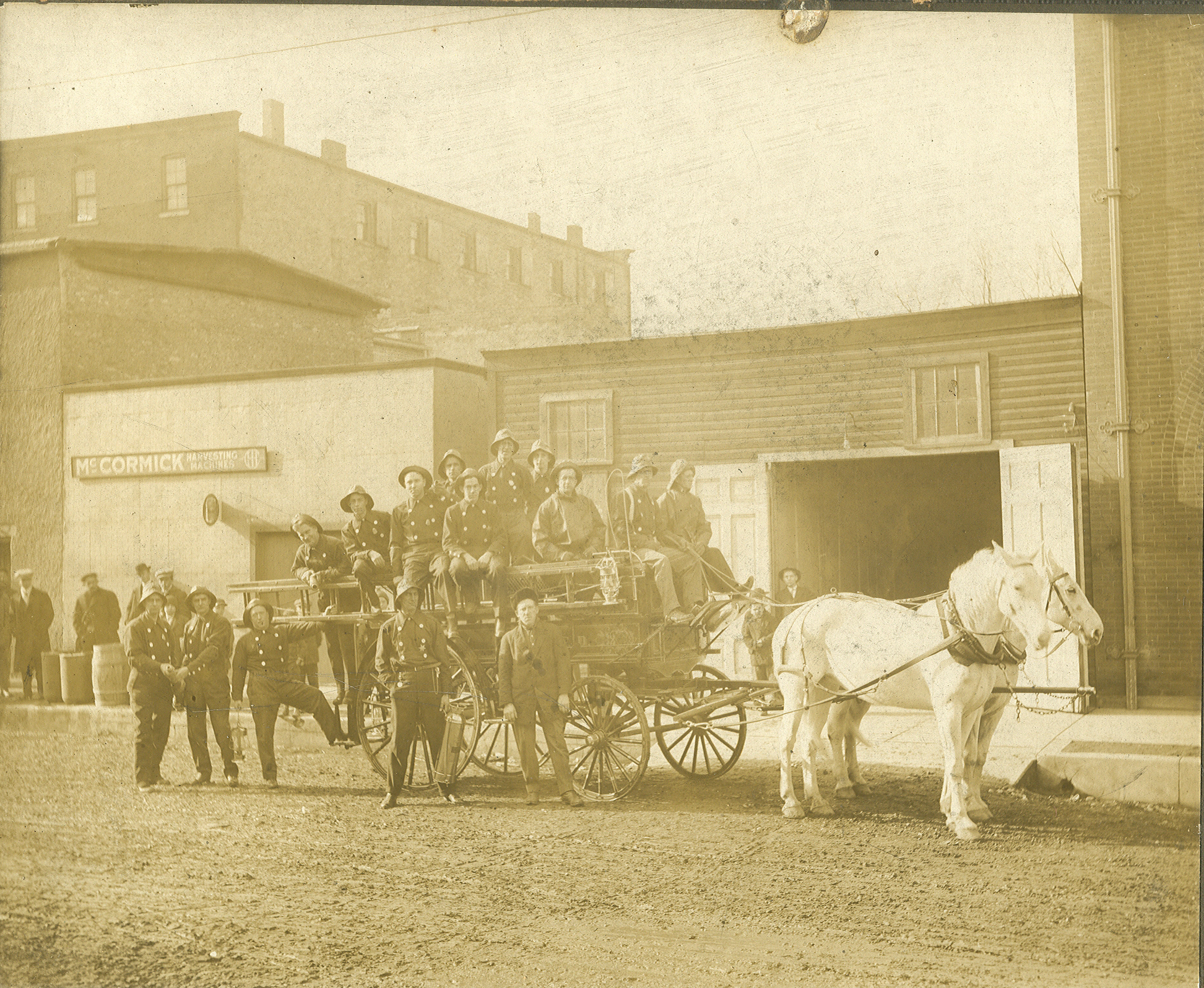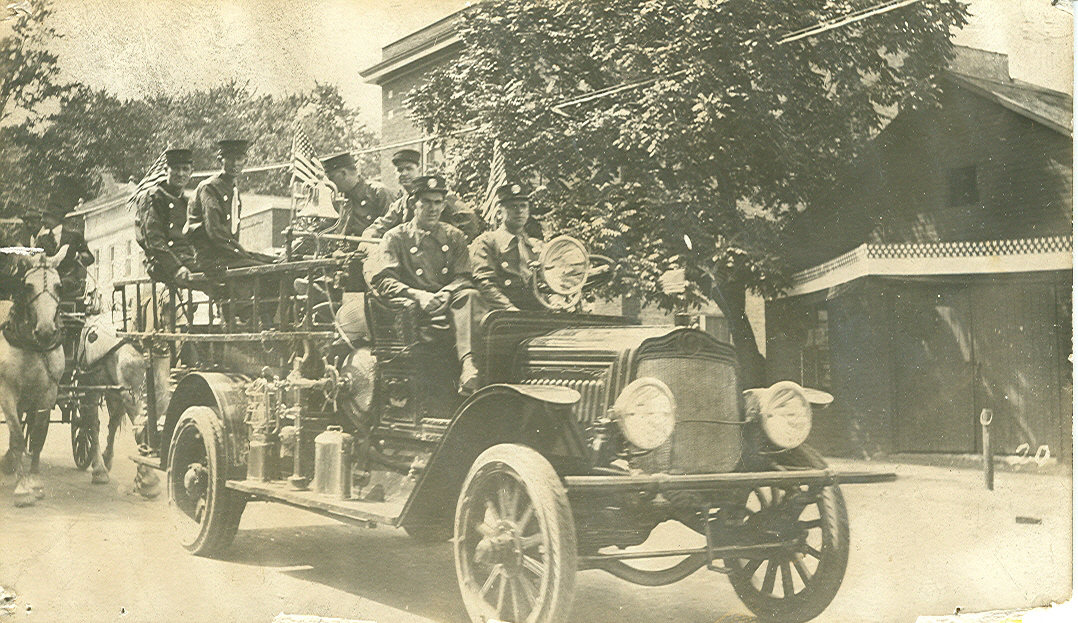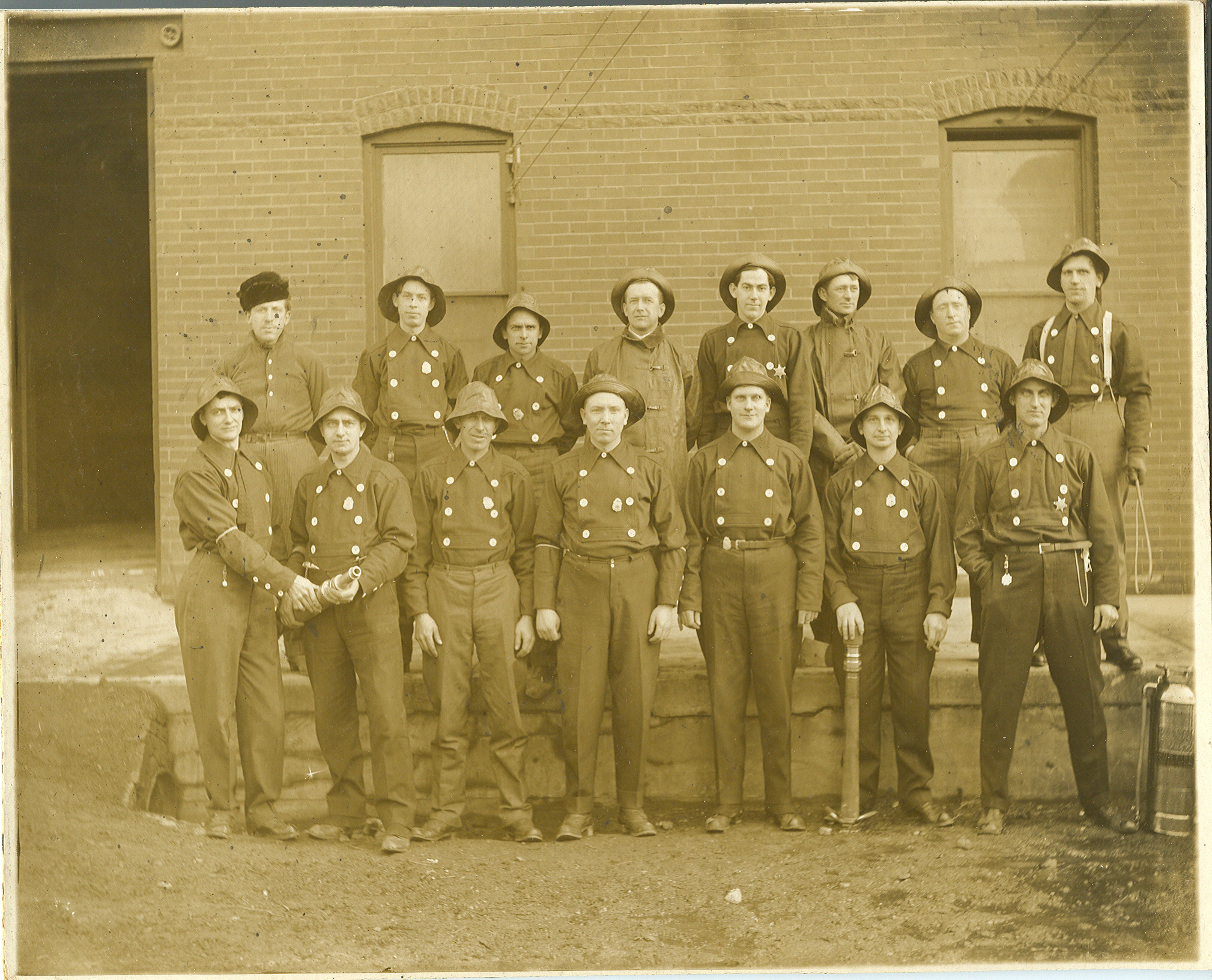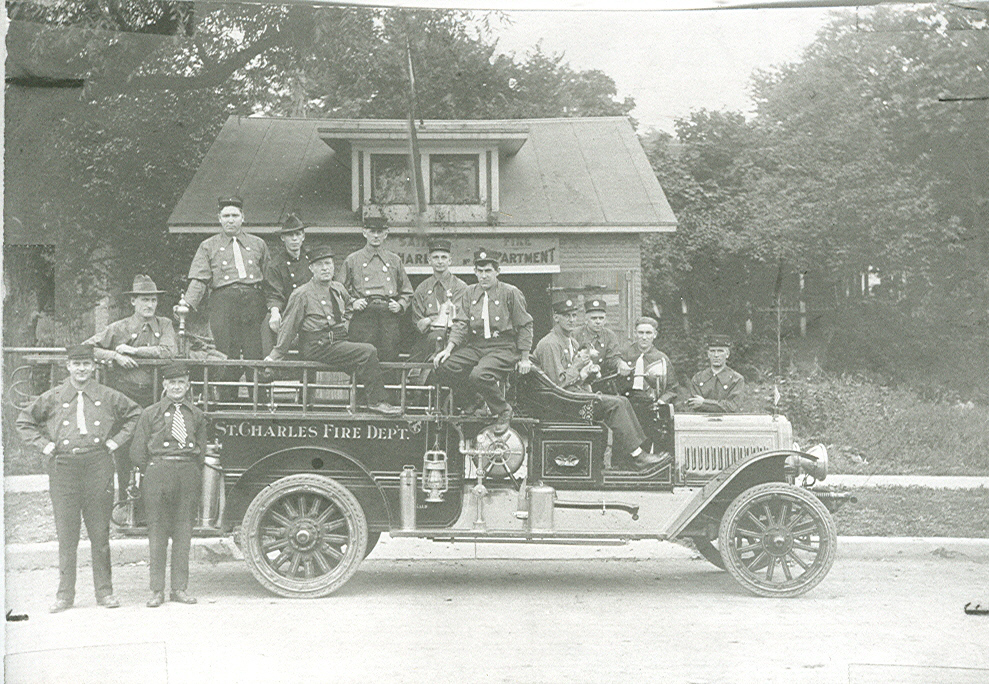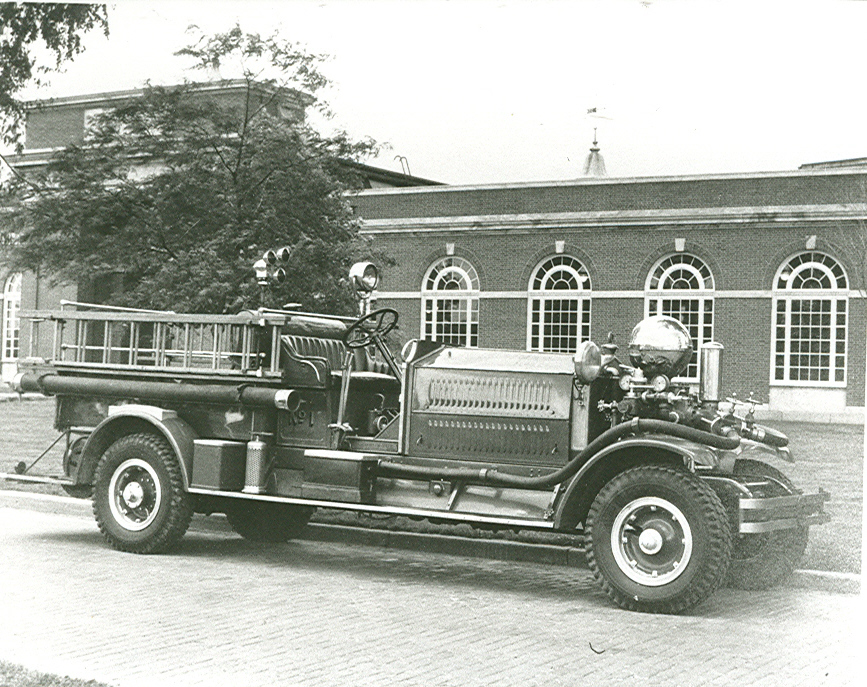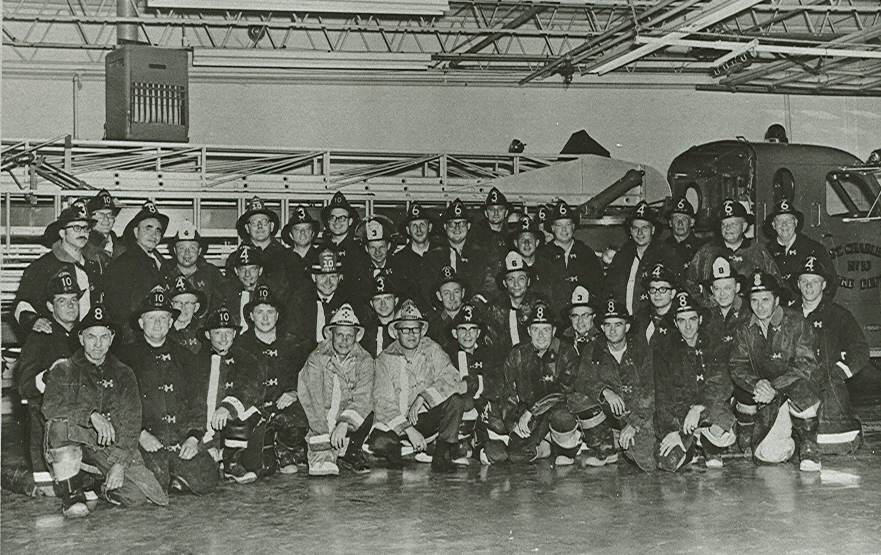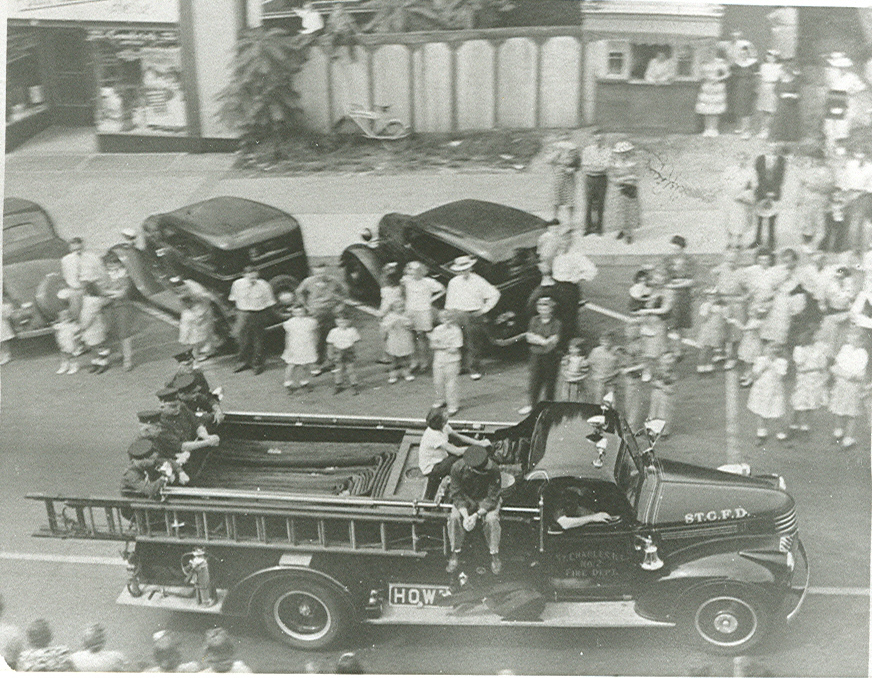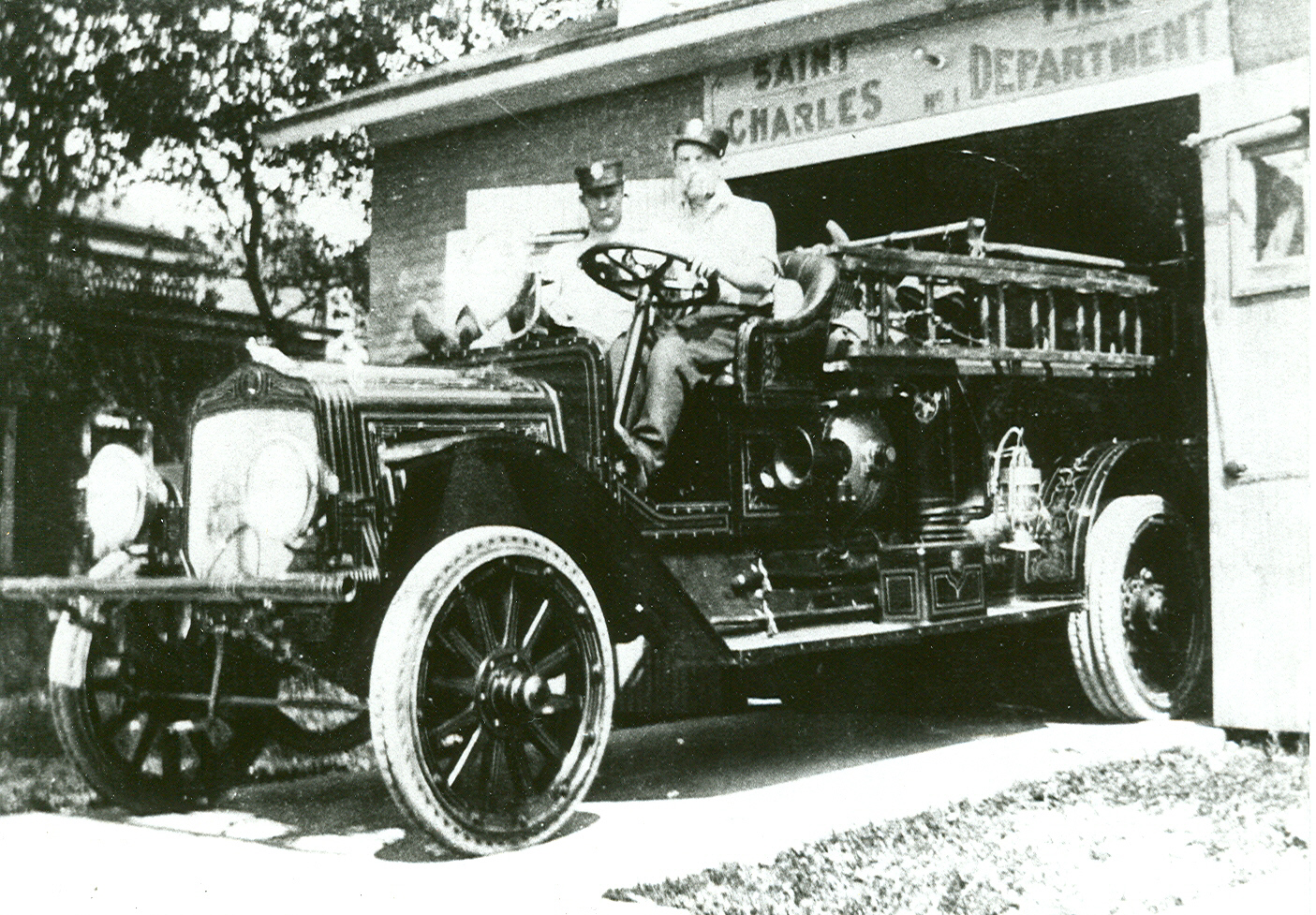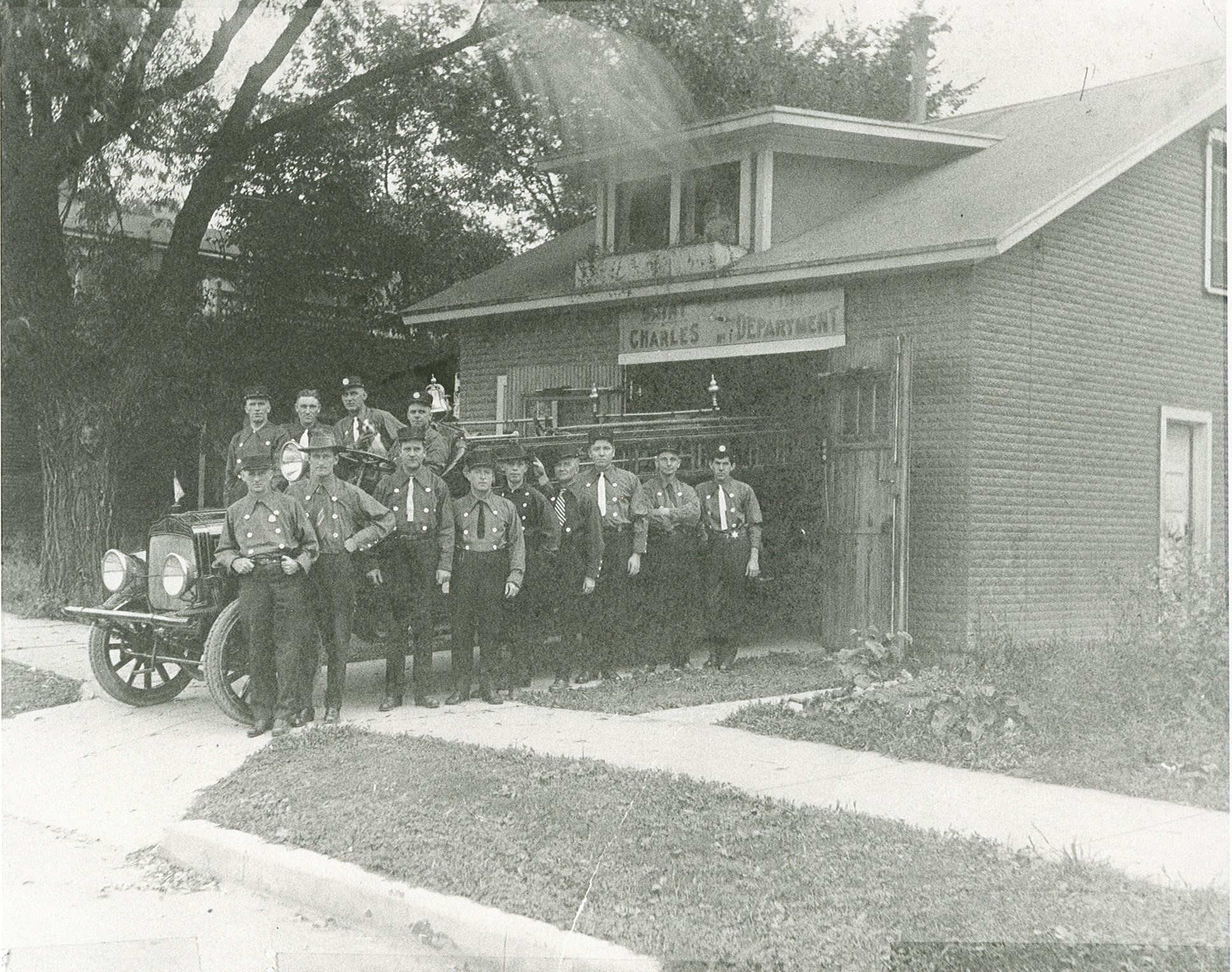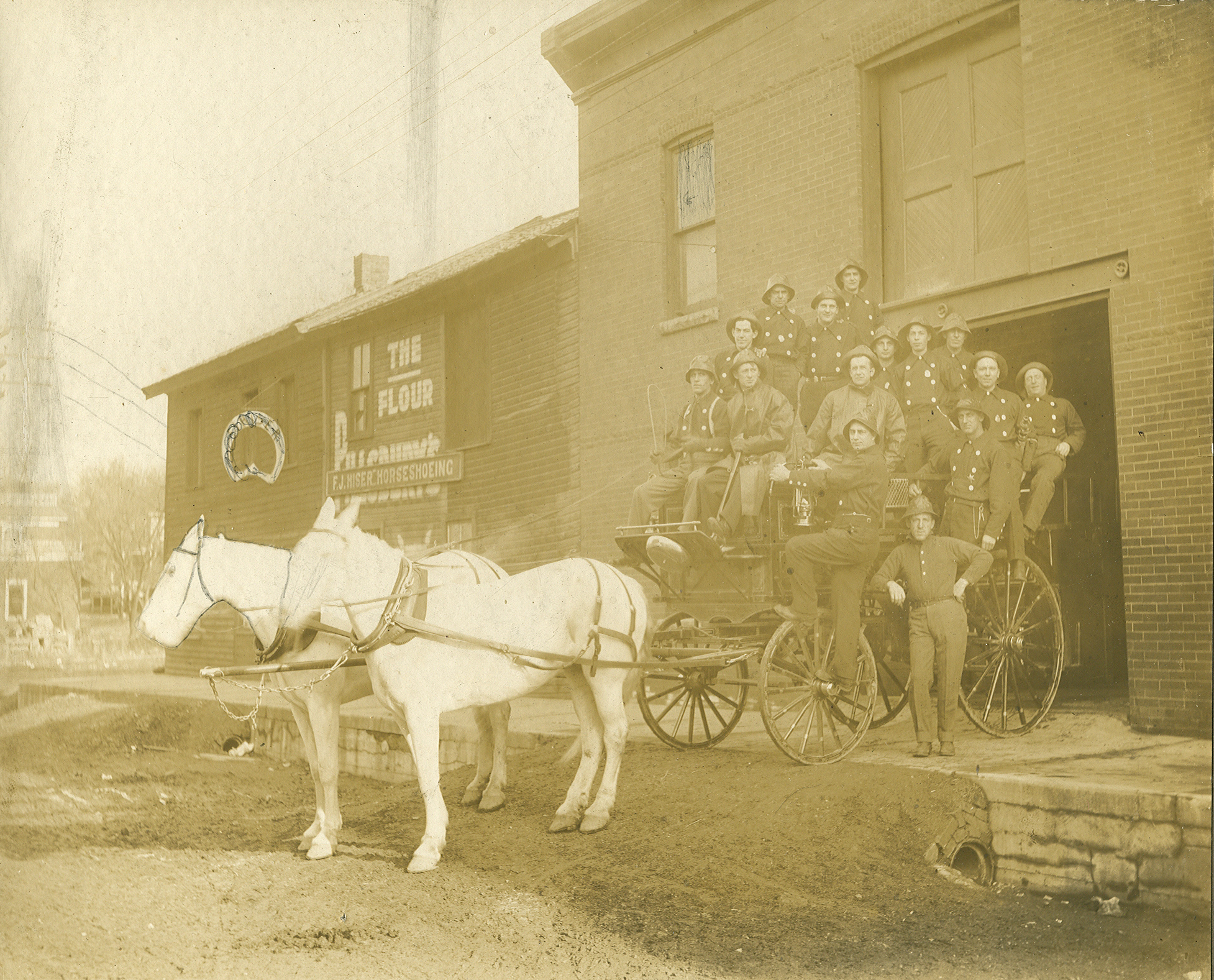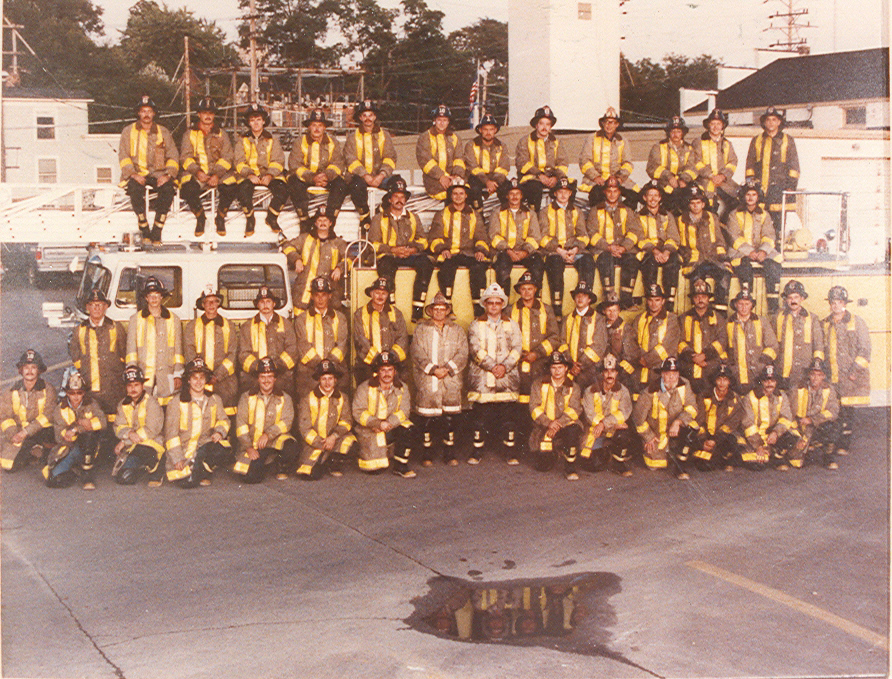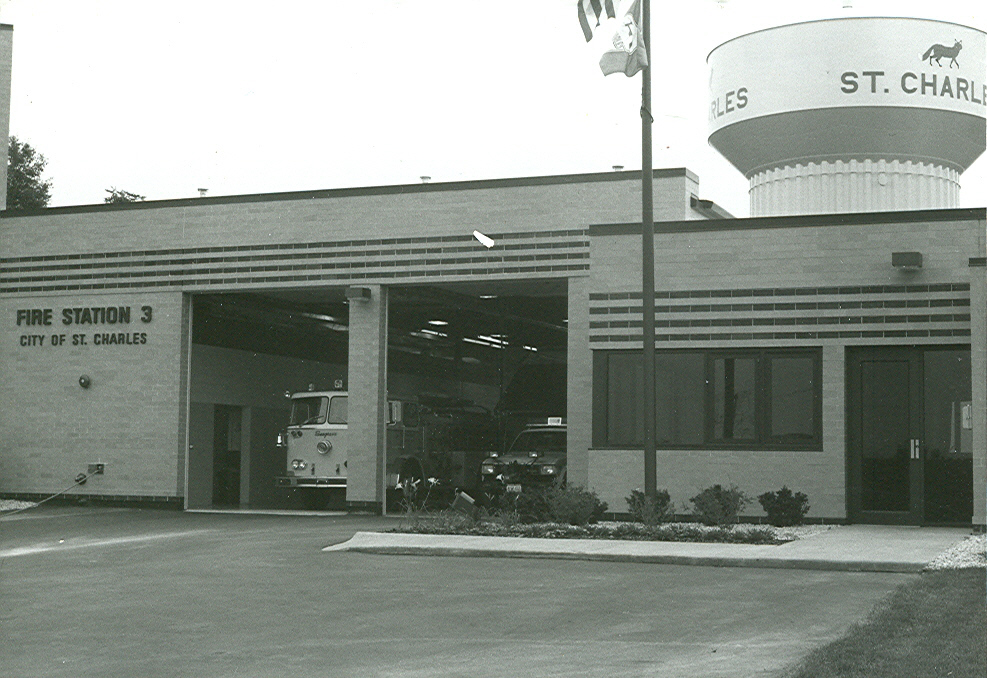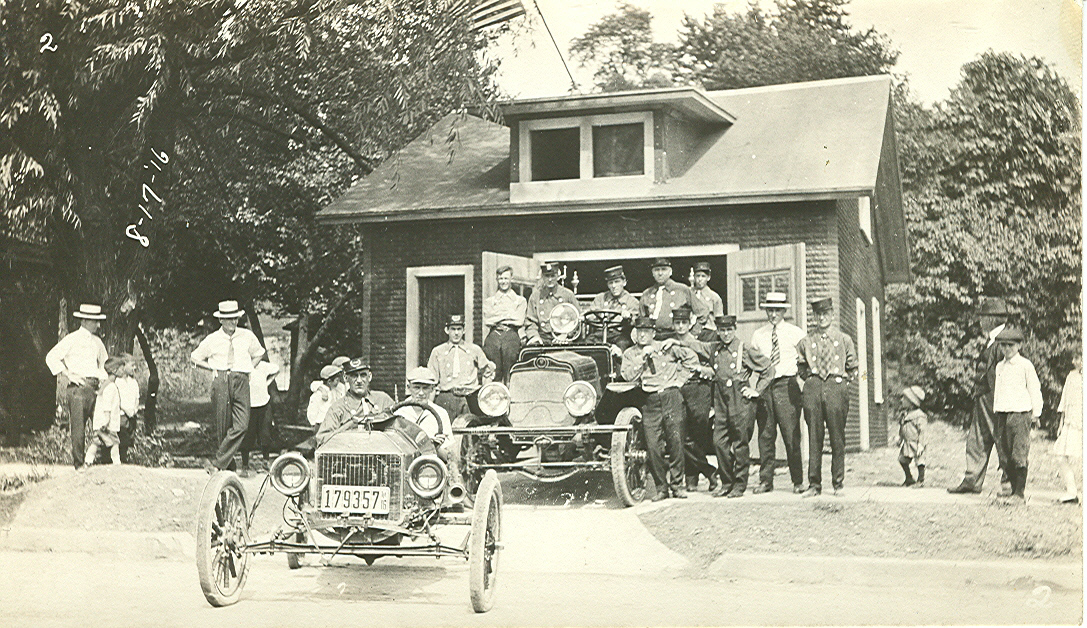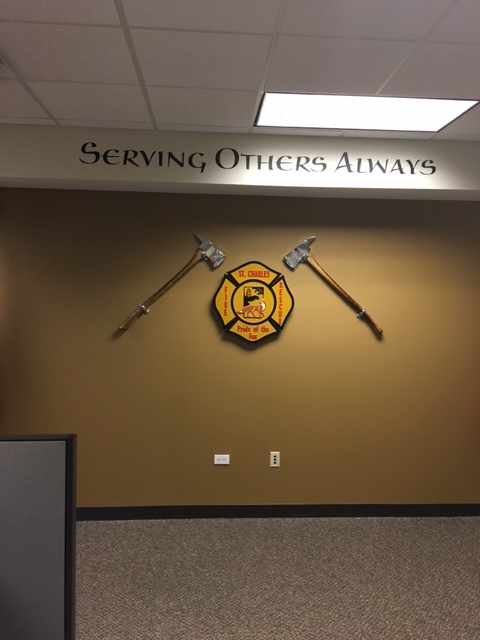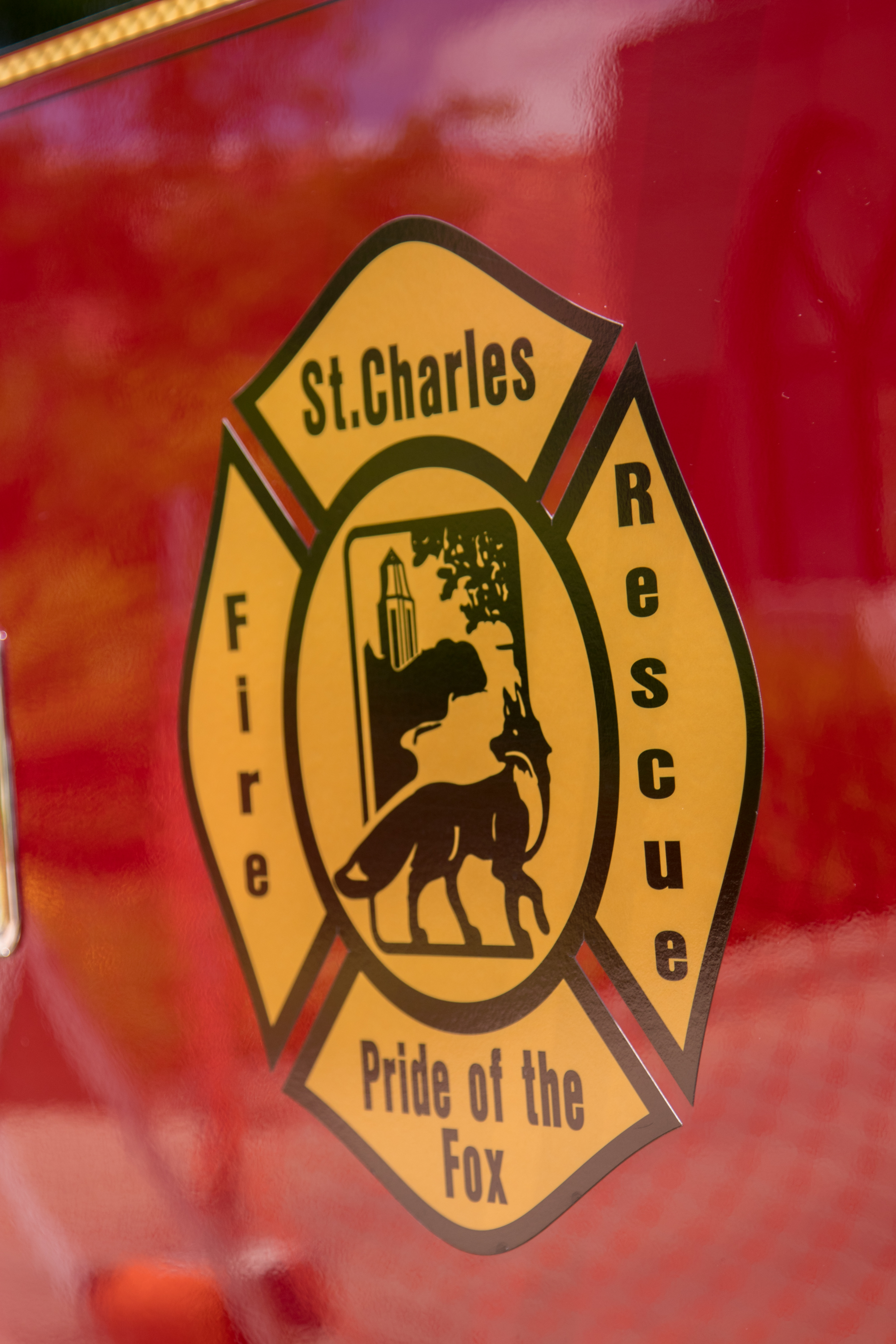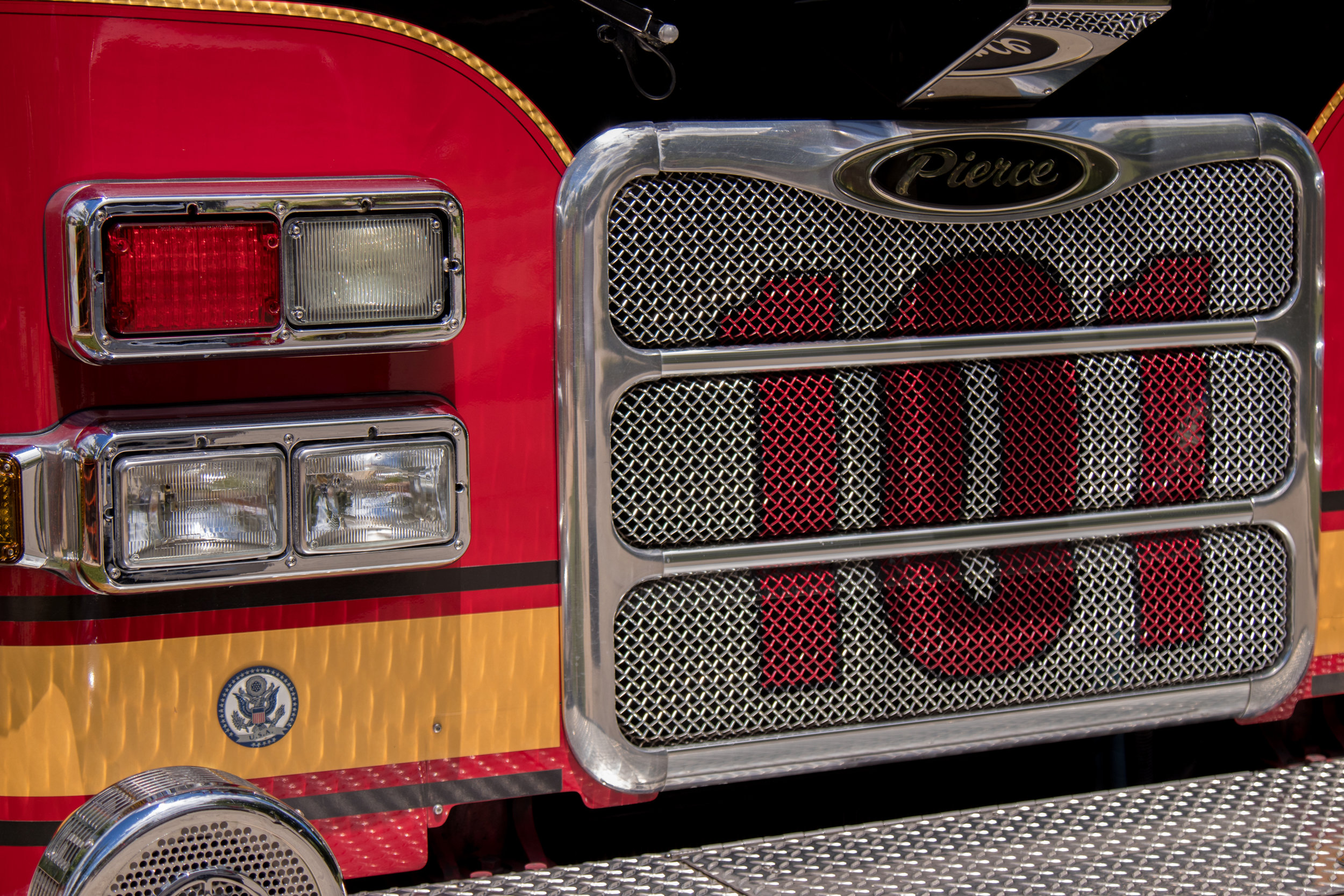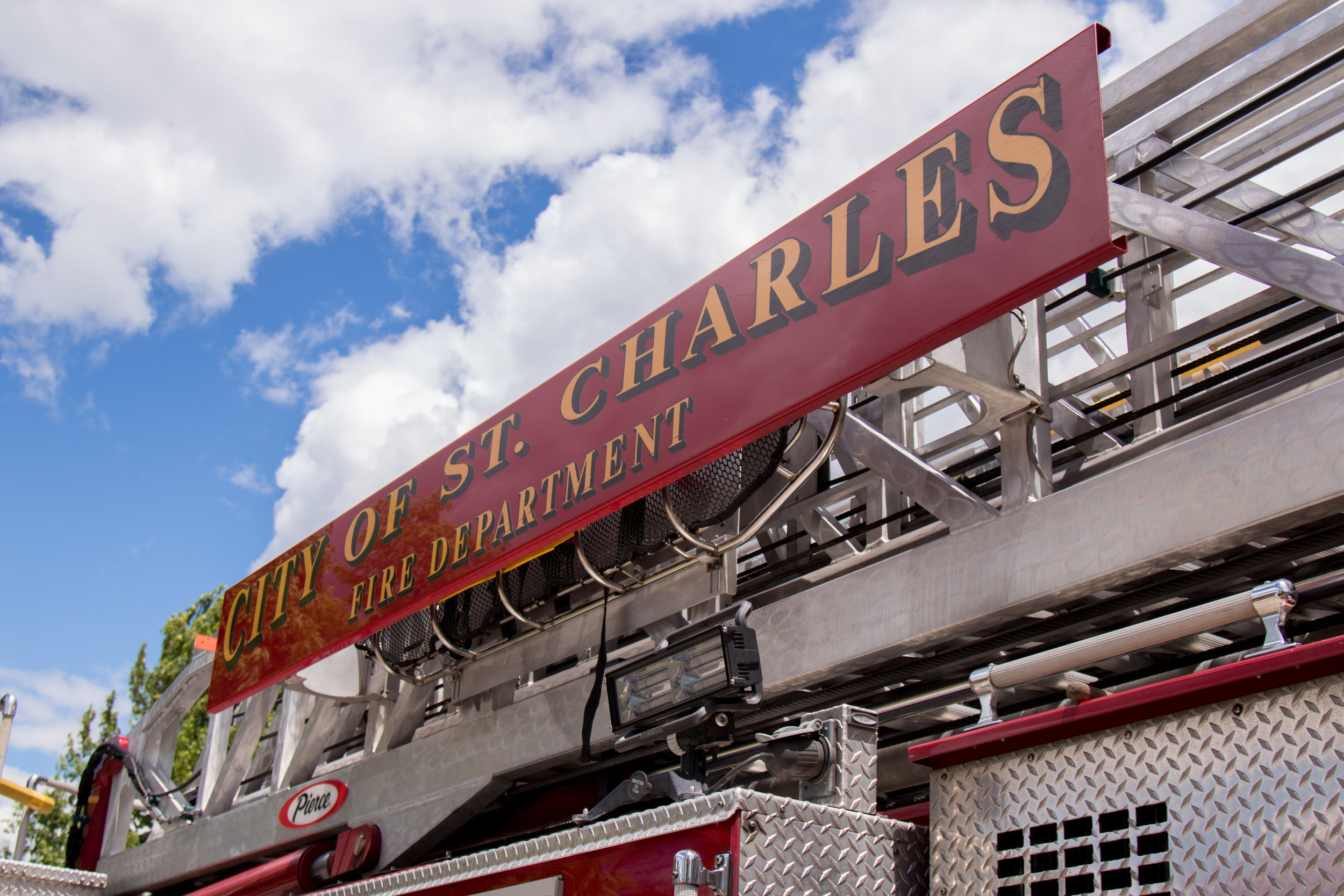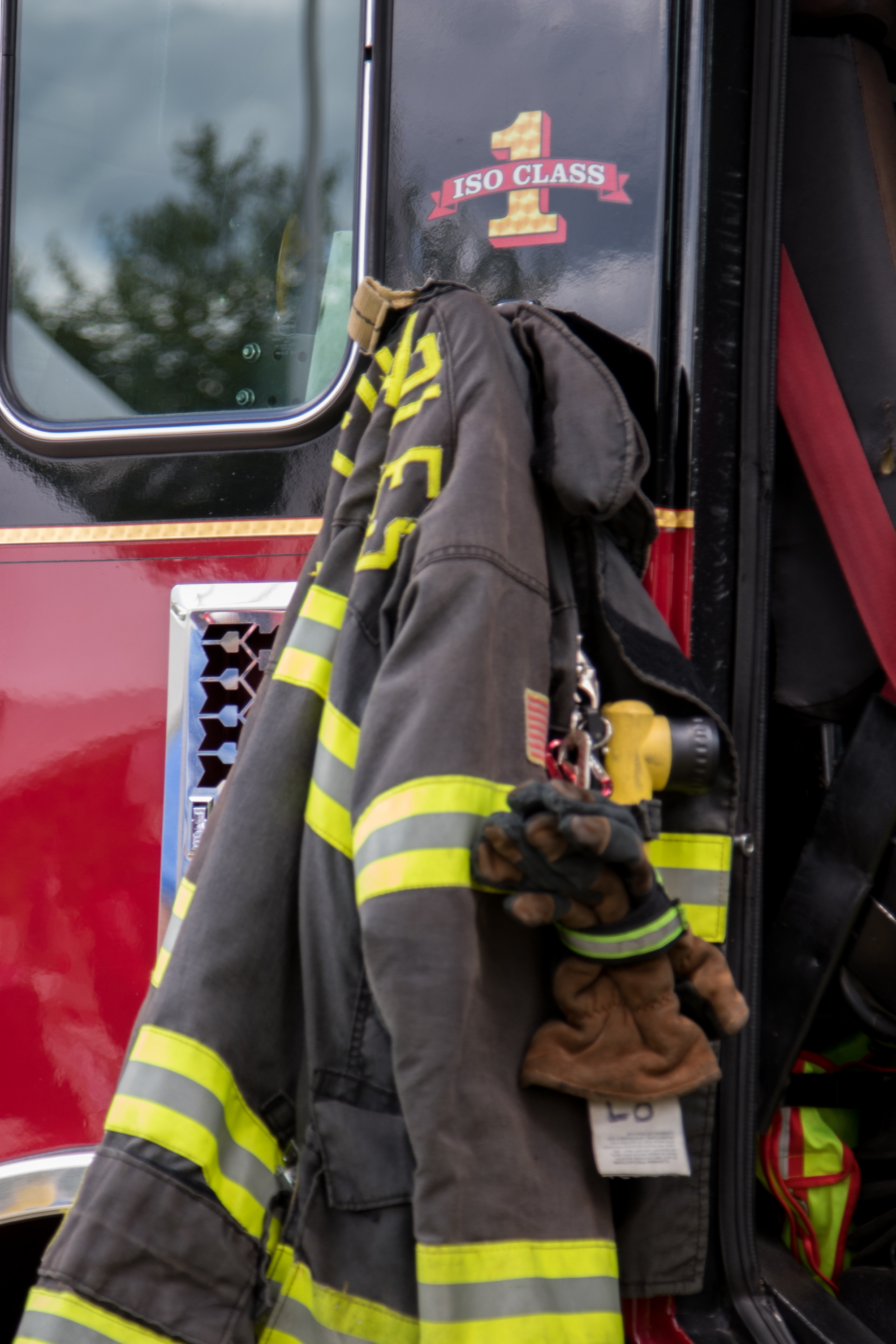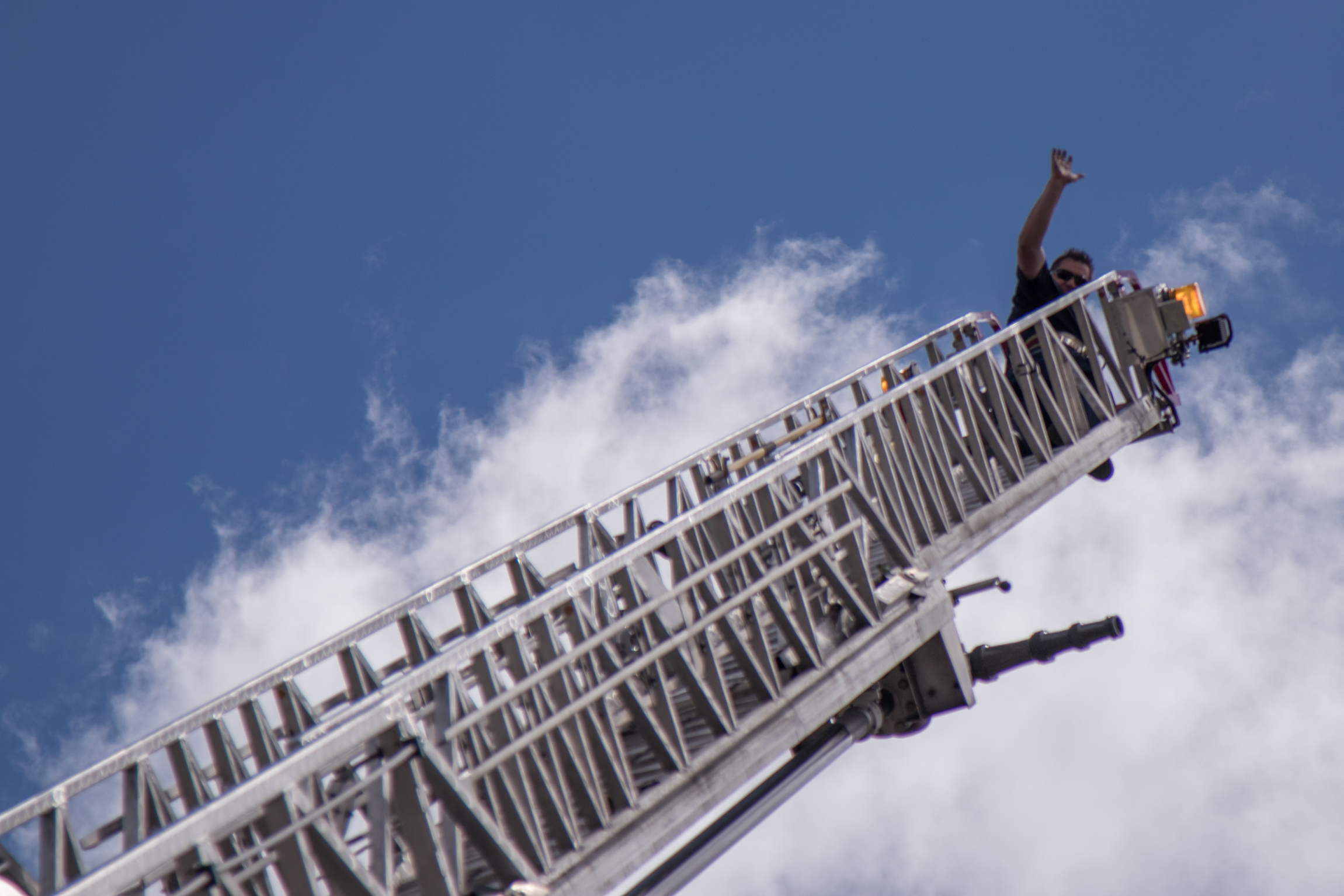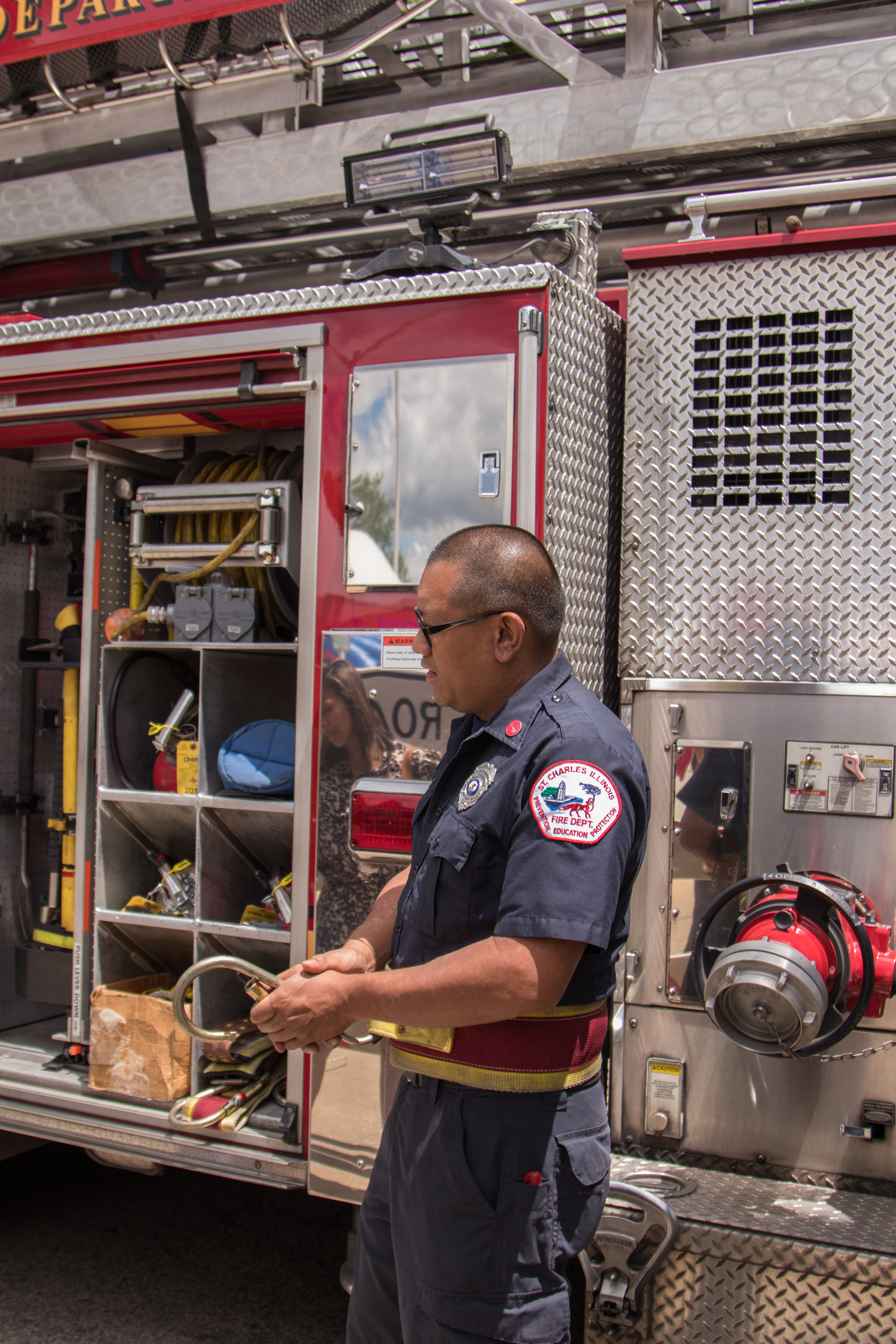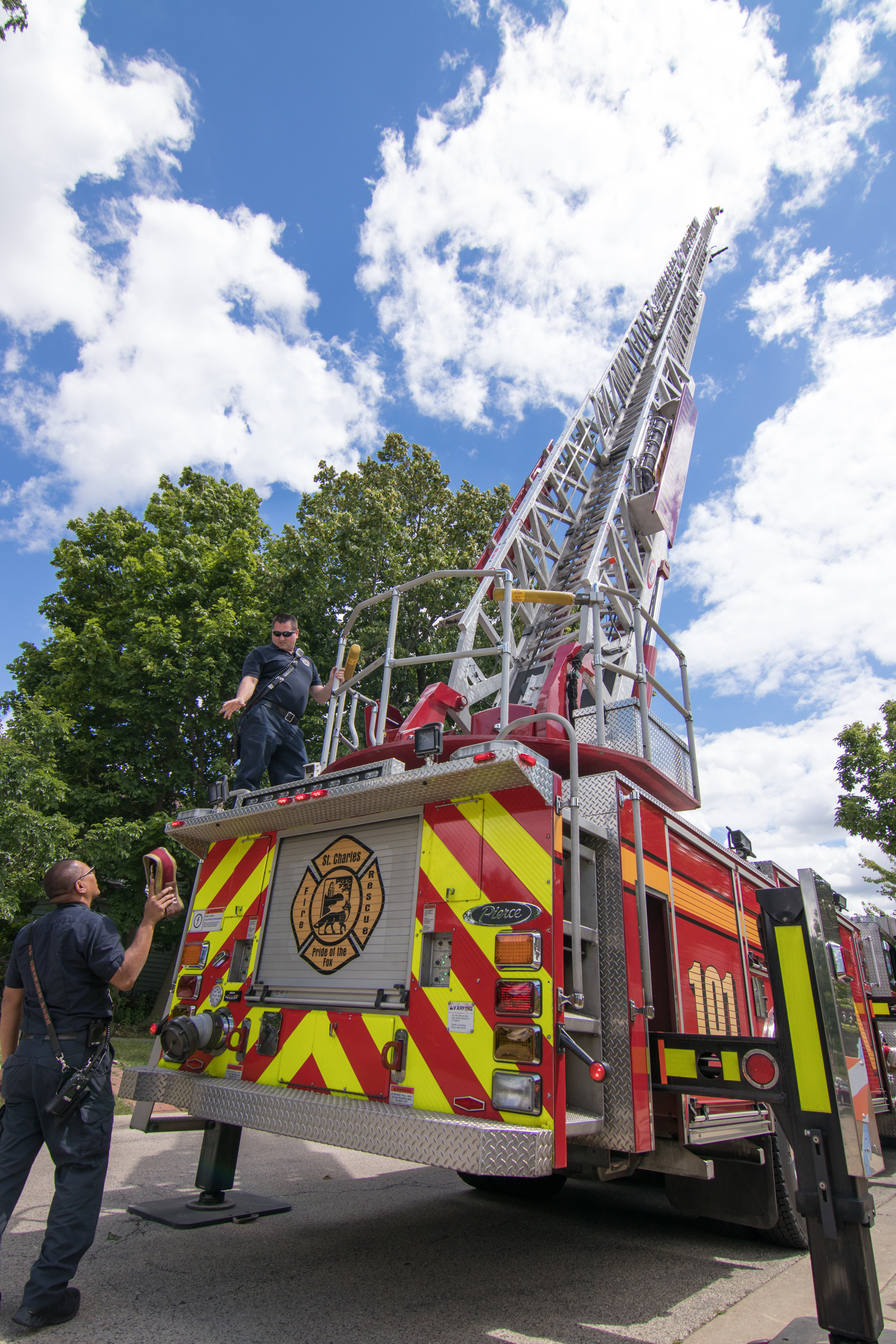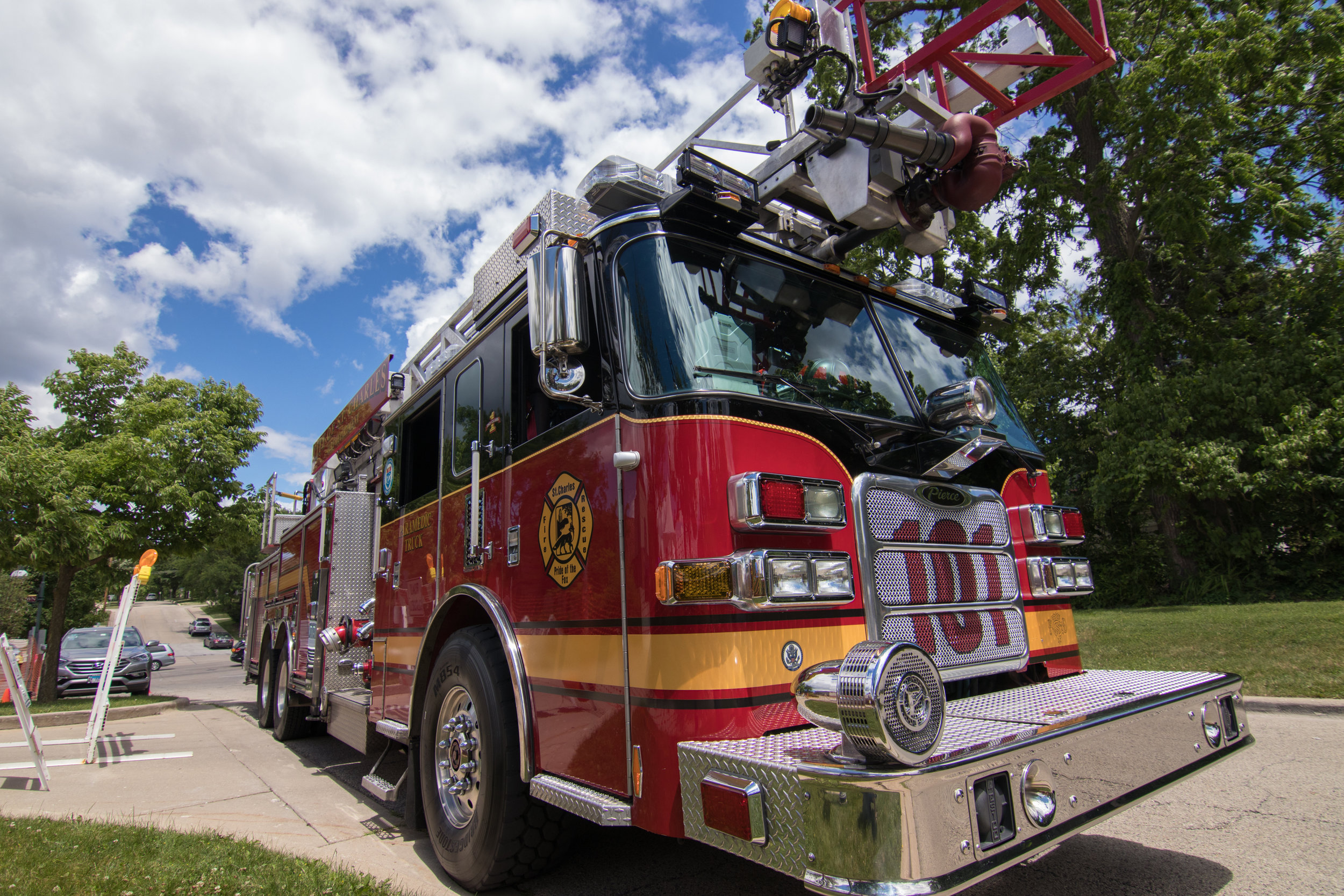30 years later!
A son re-opens his father’s guitar store for a second chance in St. Charles.
It is 1985 and Scott Corbin is celebrating his 1st birthday in Dad’s shop, “St. Charles Guitar”. Scott’s father, Jeffrey Corbin, was a professional musician and then worked for the prestigious Gibson Guitars. When it was time to raise a family, Jeffrey decided to open a specialty guitar shop in the beautiful Chicago suburb of St. Charles - which in 2011 was voted by Family Circle Magazine to be the best place in the nation for families.
Due to the unfortunate divorce of Scott's parents, the store was sadly given away in the proceedings. Scott’s father, Jeffrey, returned to Gibson Guitars and now has enjoyed a 40-year career in the music industry, working as artist management in recent years.
Scott, a guitar player like his Dad, has gone on to have a tremendously successful career as a studio musician. For over ten years now, Scott has worked out of the top studios in the country in cities such as Orlando, Los Angeles, New York City, Denver, Seattle, Las Vegas, Charleston, Atlanta, and Miami.
Scott’s long-term goal? He always wished to return to St. Charles to raise a family and enjoy life in the wonderful Midwest with family and friends. So then the question presented itself as to “how?” That’s when serendipity popped its head into the mix. The exact location of the old “St. Charles Guitar” became vacant and available towards the end of 2014. More than the proverbial light switch turned on in Scott’s head, because not only is this the chance of a lifetime to return to St. Charles as a professional guitar player with something to now offer his hometown community, but it is a chance to follow in his father’s footsteps - the person he has always aspired to be like. Scott will proudly tell you, “my Dad has been the best father and role model that a son could hope to have. I am honored to have the chance to follow in his path. I am also extremely excited to bring a fun musical expertise and contribute to the amazing community of St. Charles. This town raised me, and I absolutely love it here.”
Now in 2015, 30 years later, Scott will re-open his Dad’s shop for a second chance. When asked about the goal of the shop, Scott likes to say, “Family brings people together, and a community is a large family. I have always found that the guitar is the one instrument in modern times that brings everyone together. So this will not be a guitar-shop with people, it will be a people-shop with guitars. We are not looking for customers, we are looking for friends and community, and we can share everything over the wonderful instrument called guitar”.
=======================
A MILLENNIAL APPROACH TO MUSIC EDUCATION March 10, 2015
Scott Corbin is about to hand over a $2,000 Les Paul to an 11-year-old.
"Some people might call me crazy," said Corbin, "but how else are they going to get excited and learn everything that a guitar can be and do if they're only allowed to experience the 'starter' version?"
This "no limits" approach - letting kids learn on, touch, hold and play pro guitars and musical equipment - is what defines The Jank Guitar Store, a new kind of music education experience born in the Chicago suburb of St. Charles, IL. Even though the clientele is limited to students age 10 to 21, no guitar, amp, computer or other pieces of equipment will be off limits, no matter how expensive.
Unlike most kids who have dutifully shepherded away from any and all expensive things, Corbin had the benefit of growing up in a household not so different from The Jank Guitar Store.
"Growing up my dad worked for Gibson and actually owned his own guitar shop back in the 80's in the exact location where The Jank Guitar Store is now," Corbin said. In a poetic turn 30 years later, Corbin has remodeled and repurposed the space once inhabited by his father’s guitar shop into The Jank Guitar Store.
“I’ve been around great music and great instruments all my life, and I think that being able to be around that without limits has absolutely made me who I am today not just as a guitarist but as a person,” he said. “Kids today live in a very different time. Everything is instant, everything is disposable. But by teaching them about fine guitars and how to use and take care of very nice things and the history behind those things, they can appreciate quality, think long-term, and better understand what it means to build and maintain something great.”
More than a music store, The Jank Guitar Store is a place where young people between the ages of 10 to 21 can learn to play and understand the guitar, gather socially, learn about the history of music with bi-monthly documentary screenings and discussions, and even relax mind and body at a youth yoga class. The Jank Guitar Store will also extend the reach of music education to local elementary and middle school students by providing music education sessions in local classrooms.
Every expression of The Jank Guitar Store is created around a unique, inspiring and educational experience that will give local youth a constructive outlet through which to express and define themselves. The foundation of the shop’s unique approach is Corbin’s philosophy, “to treat and respect students with the same level of respect that we give adults. That is how we can truly teach and relate to these young musicians.”
Mind-blowing guitars aren’t the only stellar feature of The Jank Guitar Store, every instructor is a professional recording musician with an active career in the music industry like Corbin.
He began playing guitar at age 11 when he learned to play Nirvana’s ‘Come As You Are.’ “That was the point in my life where everything changed,” he said. He took to the instrument naturally and voraciously and throughout his youth was known to spend hours on end perfecting his playing, a laser-focus that landed him a career as a professional studio musician at the age of 18. As a studio guitarist Corbin has worked in some of the most prestigious recording facilities in the world, from Grammy Award Winning Producer Eric Schilling’s TransContinental Studios in Orlando to the iconic Capitol Studios in Los Angeles.
The title of ‘Jank’ refers to a genre of music developed by the group Casely and The Jank of which Corbin is a part. “Jank is a type of music that encompasses many sounds, many different cultures, and various styles of music to make one,” said Corbin. “It is the first of its kind.” Part of the genre is a style of guitar playing that combines the feel of a drummer and the precision of a violinist, a style that Corbin has personally adopted and is the namesake of the new business: Jank Guitar.
“I am fortunate to have had a very successful career as a professional guitarist, and I decided to open The Jank Guitar Store because I saw many budget cuts leading to the loss of music education,” said Corbin. “Music changed my life and I think it is vital for kids to learn about music in school and after school. With The Jank Guitar Store and the music education sessions we are giving them a place to be creative and productive but above all else a place to have fun.”
For more information about The Jank Guitar Store visit https://www.facebook.com/thejankguitarstore or http://thejankguitarstore.com,
or call (206) 779-2883.
